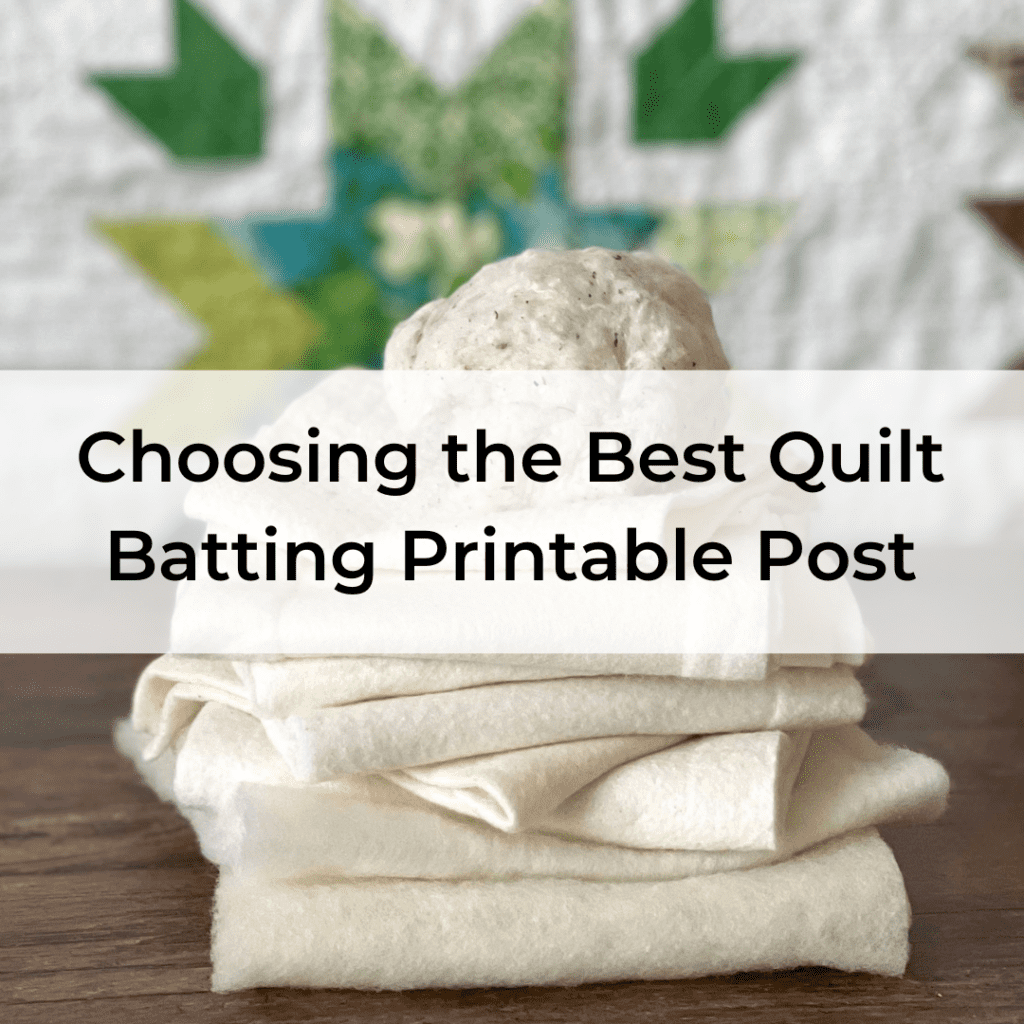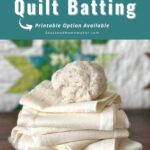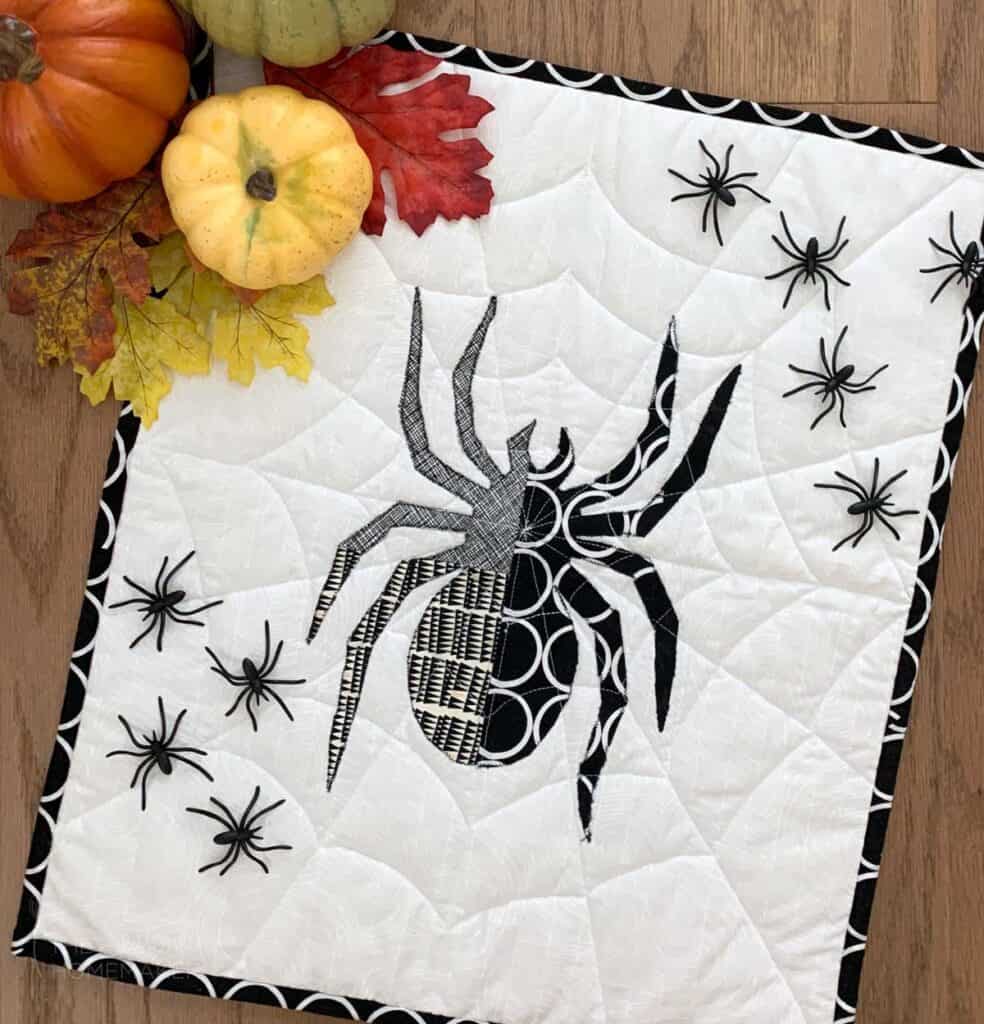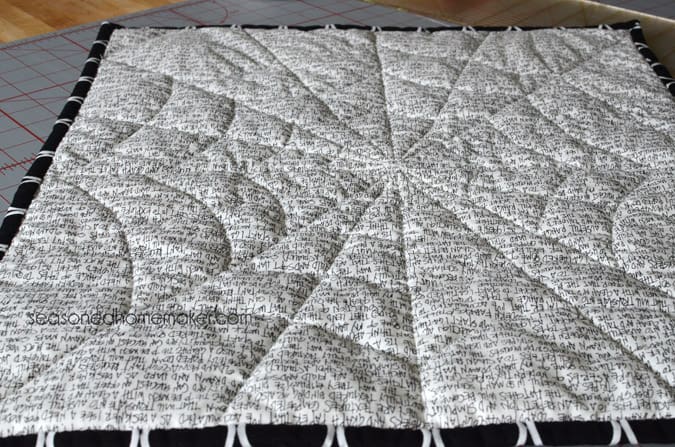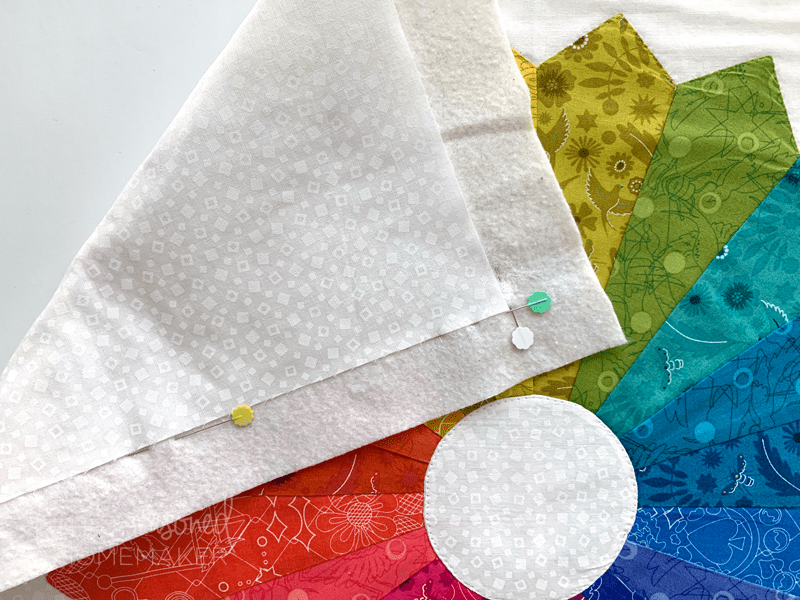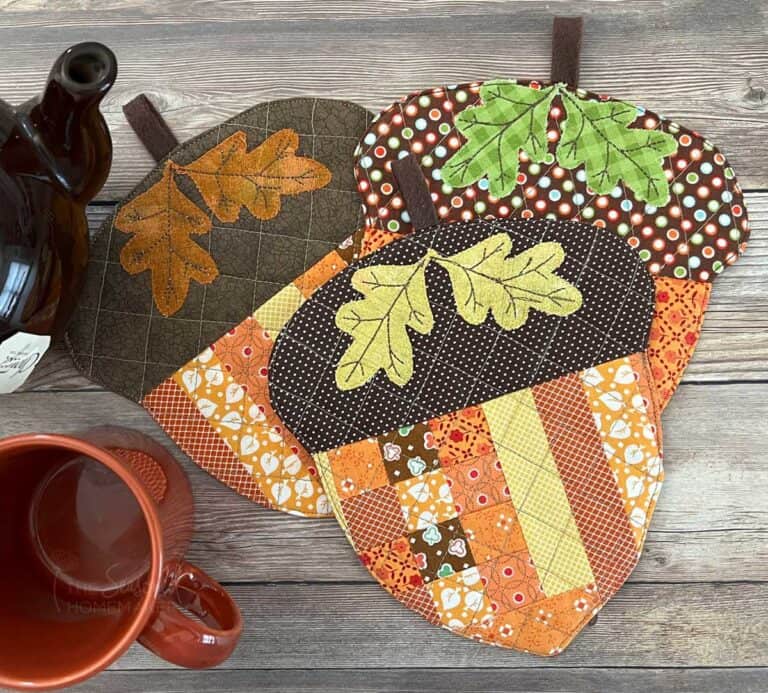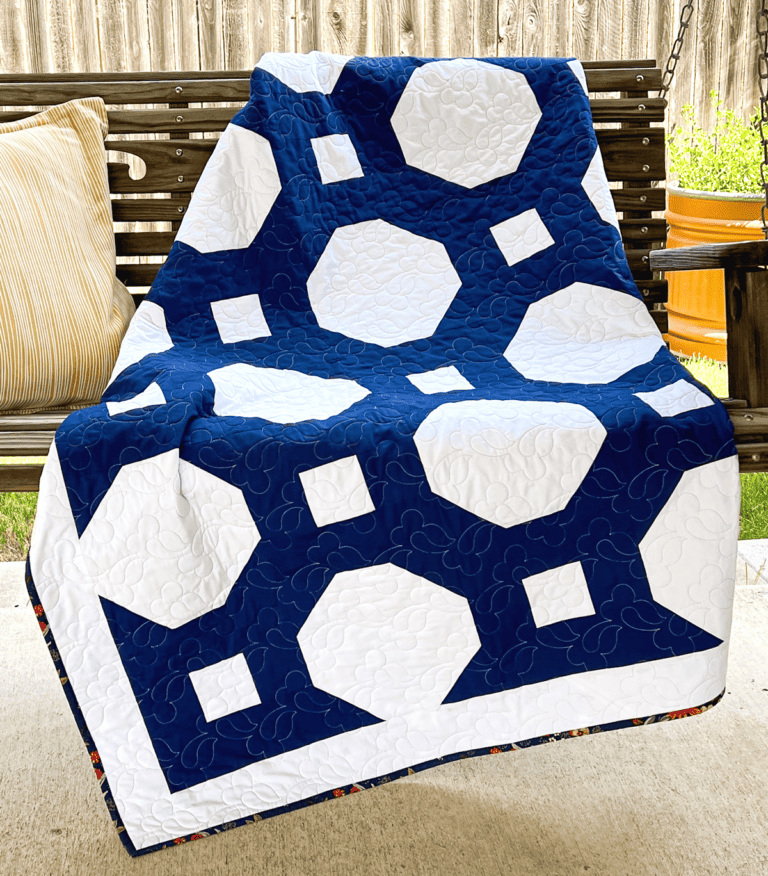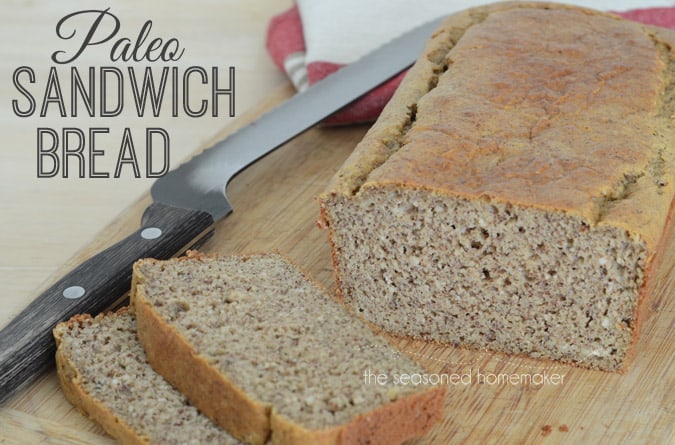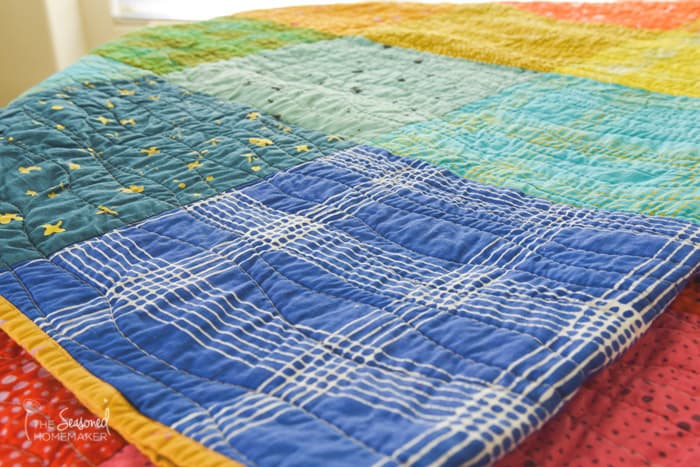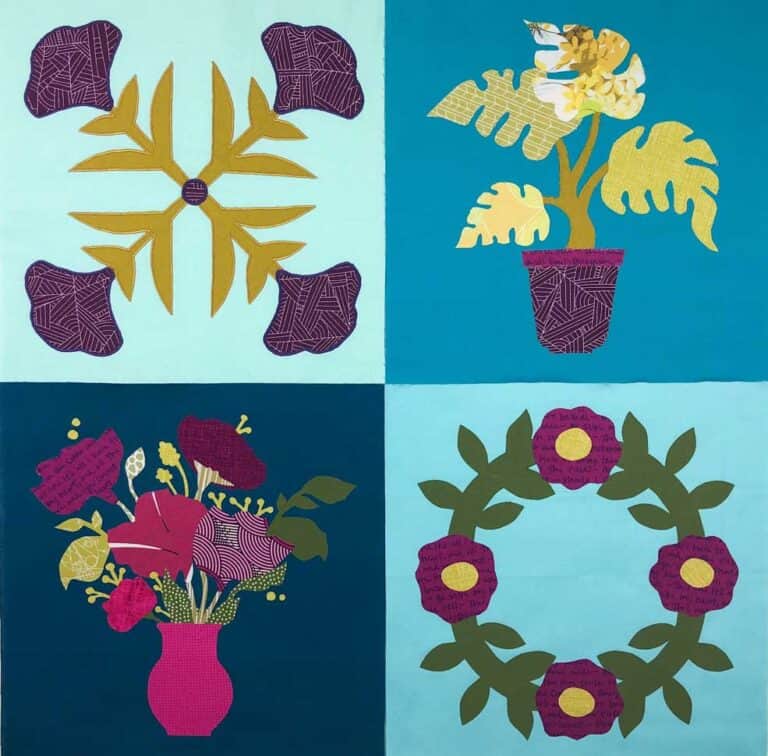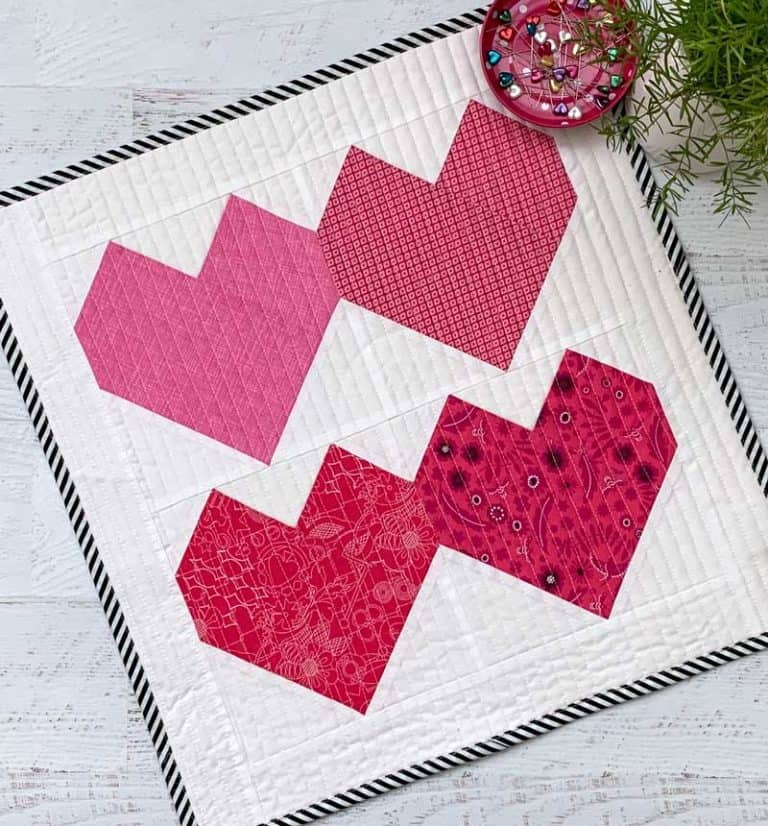How to Choose the Perfect Quilt Batting
This post may contain affiliate links which won’t change your price but will share a commission.
Let’s face it, there are a ton of different batting products out there and the differences can be overwhelming. This ultimate guide on how to choose the perfect quilt batting will answer your questions and help you decide which batting is perfect for your next quilt.
You know that point in a quilting project when you’ve finished a quilt top and you’re ready to quilt. You go to the store (or online) to get some batting and you’re met with this unbelievable amount of choices.
Well, I’ve been in that same place, too. After spending a ton of time making a quilt top I don’t want to do my project an injustice by choosing the wrong batting.
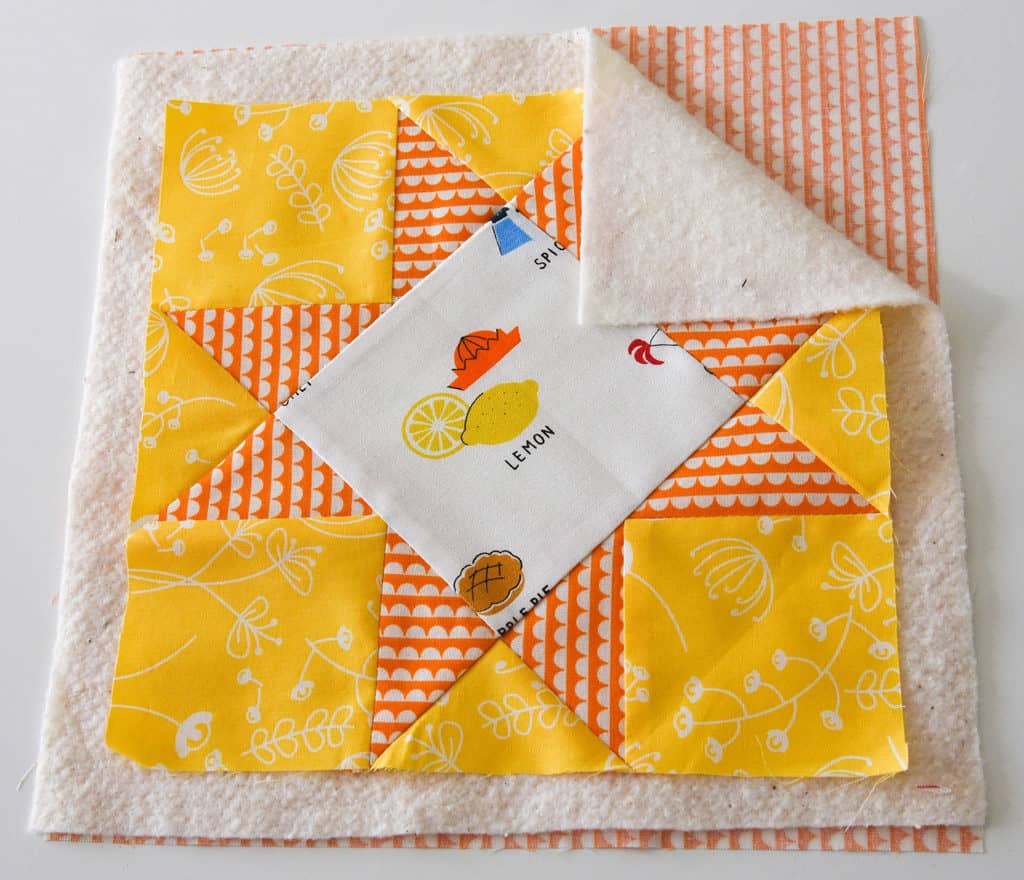
Want an ad-free, printable copy of this tutorial? Scroll to the bottom of this post for more details!
How to Choose the Perfect Quilt Batting
What works best for a baby quilt and why? What if you’re making a quilt that will hang on a wall? Are you planning to enter your quilt in a show? How about simple projects – do they need a special type of batting?
And, then there are the exotic blends like bamboo, and silk. When would you use this type of batting?
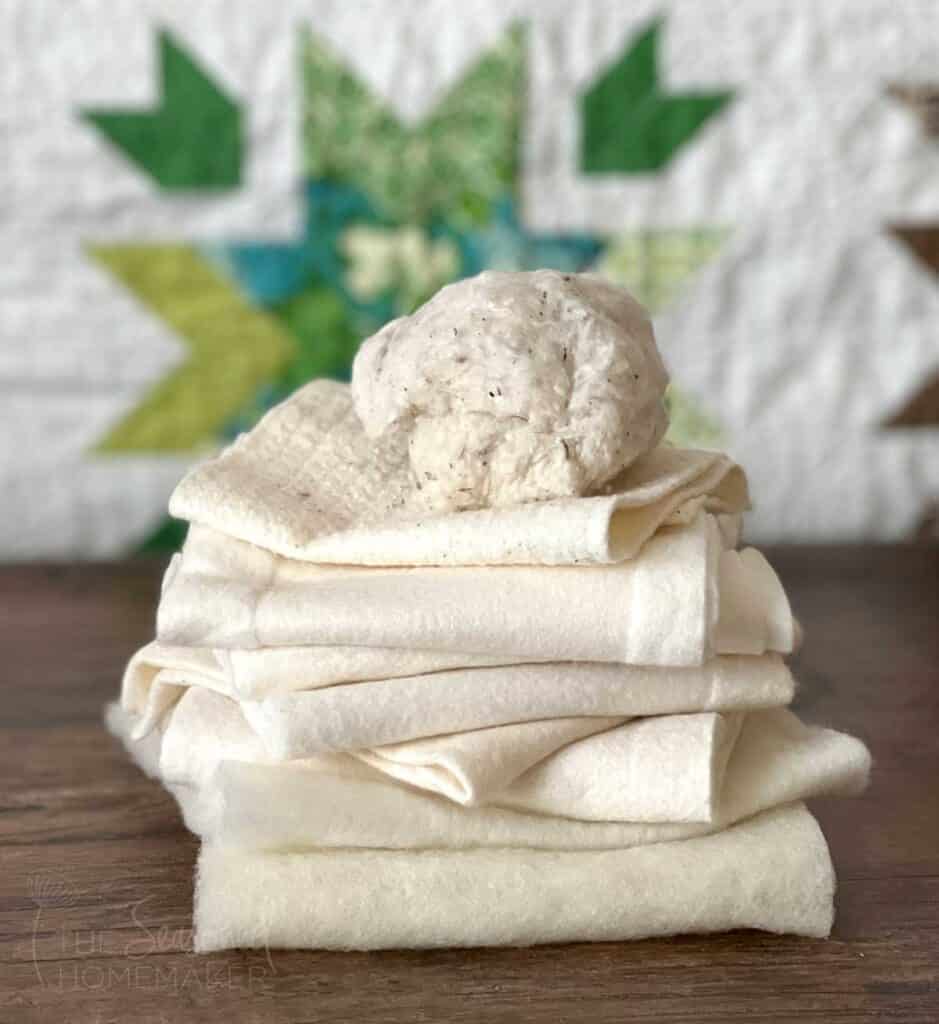
Quilt Batting Terms to Know
First things first. Batting is the material that is placed between the quilt top and the quilt back. It is the filling in the quilt and what gives it warmth and loft. Because it’s sandwiched between the quilt top and quilt back, it’s the part that doesn’t get seen. But, depending on the batting, it can change the entire look of a quilt.
1. Loft
Loft is the thickness of your batting and should be the first thing you consider when choosing batting for your project.
Low Loft Batting is easier to handle and quilts beautifully on a domestic machine, longarm, or by hand. It’s what you see in many quilts and is my go-to favorite loft. A couple of examples of this would be a cotton or an 80/20 poly-cotton blend batting.
High Loft Batting can make a design stand out with quilting. To make the design pop out most quilters will densely quilt an area surrounding a design to make the un-quilted area stand out significantly. A couple of examples of high loft batting would be wool or polyester.
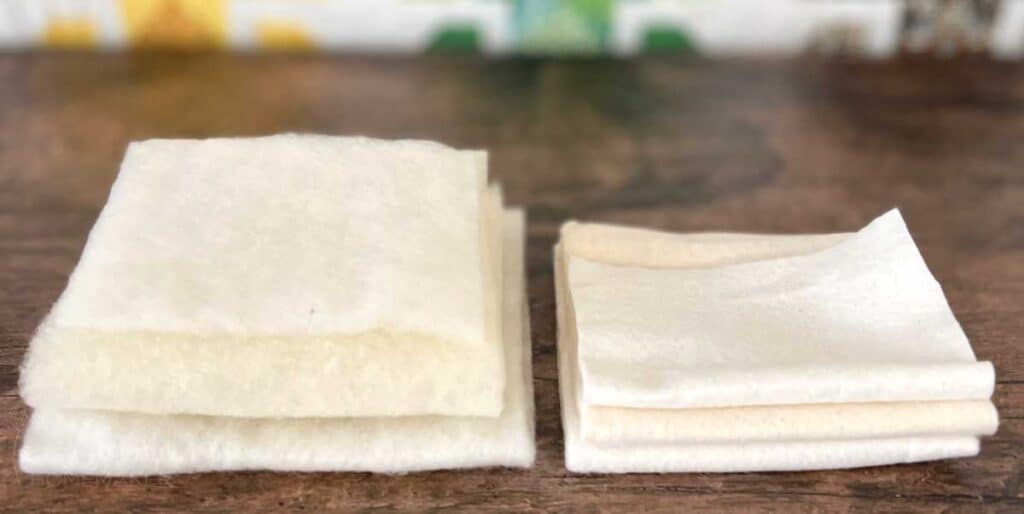
2. Needle Punched
Some battings will say needled punched or needled on the package. This means that the batting is mechanically felted (or punched) together with hundreds of needles and the fibers are are held together without glue. This creates a soft drape to the finished quilt and allows a needle to easily glide through the fibers.
3. Scrim
Scrim is an ultralight stabilizing layer that anchors the batting fibers together. It can be applied to either one or both sides of the batting and is usually needle punched. Using batting with a scrim allows you to space your quilting further apart (8″-12″) and is great for those at the start of their quilting journey. Note: Batting with a scrim is not a good option for hand quilting because it’s a bit denser.
4. Drape
Drape is how the batting hangs. Low loft batting will have a nice drape and won’t feel stiff or bulky. When choosing how a batting drapes you will need to consider how it will be used. A stiffer quilt will hang differently than a soft, pliable quilt.
5. Bearding
In the quilting world bearding is a term that refers to tiny wisps of fiber that seep through the quilt top. Bearding is very common with polyester and wool batting. Using a high quality wool batting plus densely woven cotton for the quilt top and backing will help prevent bearding.
The image below shows wool batting that has a terrible bearding issue after being washed and dried.
Note: After quilting this project, I later found out that my batting was from a failed batch. Quilter’s Dream apologized profusely and sent me four packages of batting of my choosing. All of my other quilts with wool batting have very little bearding.
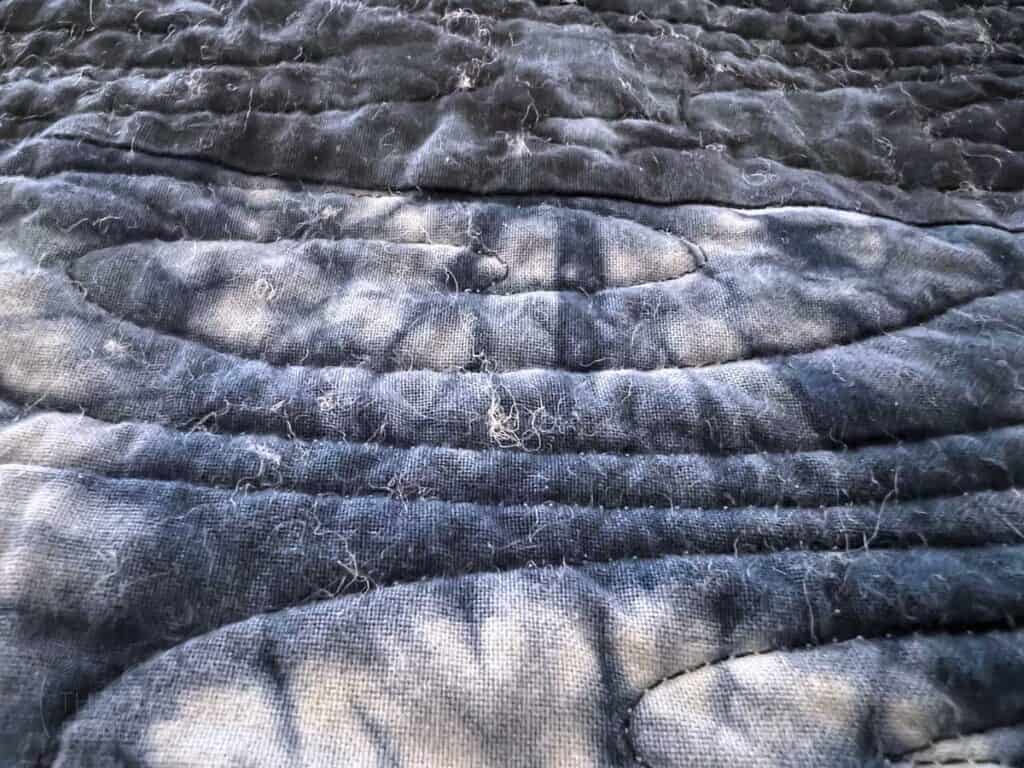
Batting Content & Fiber Types
Batting comes in a variety of fiber contents with each having a particular look or feel. Knowing the way you want your quilt to look or feel will determine which batting you choose for your project. Most quilters will use a cotton or cotton blend batting, but some of the newer batting fibers, such as bamboo or silk, can create an excellent outcome.
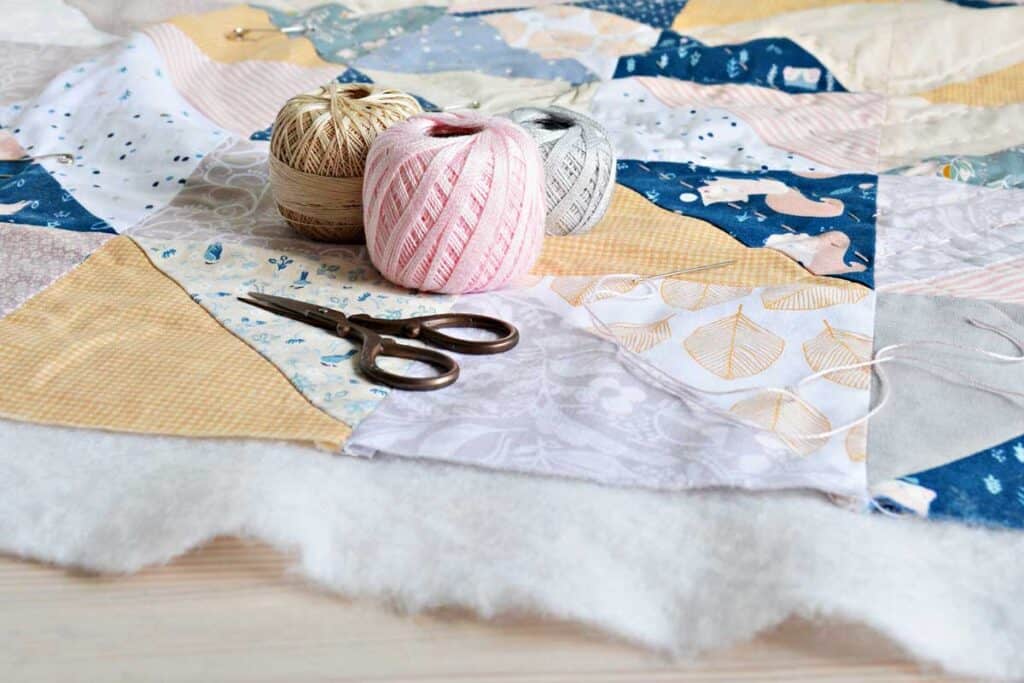
1. Polyester Batting
Polyester batting comes in both low and high loft batting, and it’s lightweight and inexpensive. It’s good for hand-quilting or if you want a design to stand out. Polyester batting is lightweight and warmer because it insulates really well without adding weight. It’s a great choice for new quilters because it’s inexpensive, easy to use, and works beautifully when tying quilts.
Polyester batting doesn’t shrink either but lacks the drape that other battings provide. If it’s not densely quilted the batting may shift a little and there can be bearding.
2. 100% Cotton Batting
For softness and warmth you can’t go wrong with 100% cotton batting. It’s a great choice for most quilting options. After washing, it will give your quilt that vintage, crinkly appearance and over time the quilt will become softer. You’ll find cotton fabric in white and natural coloring.
There are some things to look out for with cotton batting. Some brands (Warm & Natural) have bits of cotton seeds in the batting which can stain lighter areas of your quilt. It usually has what I call a dirty side with the seed bits visible. If the dirty side is facing a dark backing then it should be fine but is not recommended for any light colored quilts. For this reason, I recommend using white cotton batting.
Cotton also bunches up after washing which is what gives a quilt that crinkly look. However, with cotton batting your quilting will need to be closer together, so follow the quilt spacing recommendations on the batting package.
The quilt below is quilted with 100% cotton batting and has been washed. Notice how the closer quilting stitches give it that crinkly look.
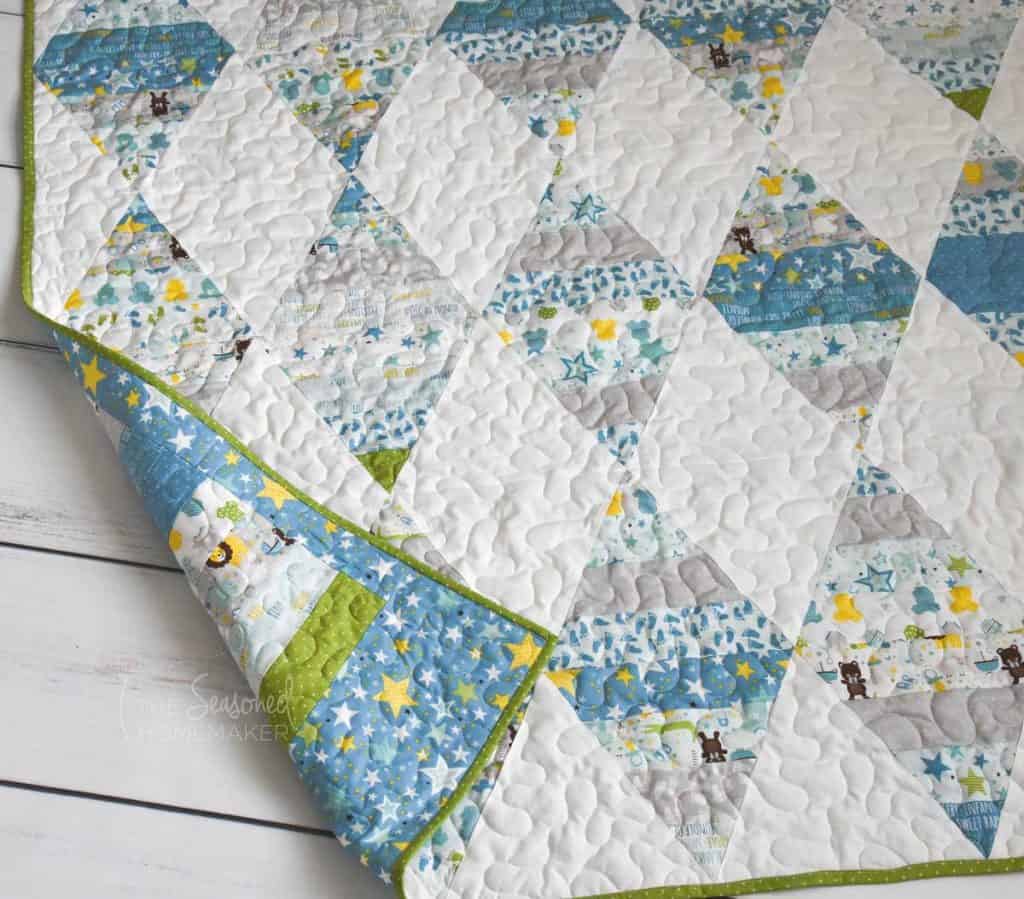
3. 80/20 Cotton Blend Batting
A cotton and polyester blend is a great option for most quilts. The most common blend is an 80% cotton and 20% polyester. This batting is usually less expensive, lightweight, thinner, easy to work with, and a favorite with machine quilters.
One thing to note about cotton blend battings is the pucker factor. These quilts will pucker some, depending on the fabrics used, but won’t get that super-soft, crinkly, vintage look after washing because this only comes with 100% cotton batting. However, it is a great option for quilts that will get a lot of use like a baby quilt or bed cover.
This is what I use on most of my projects – especially if they will be quilted on my longarm.
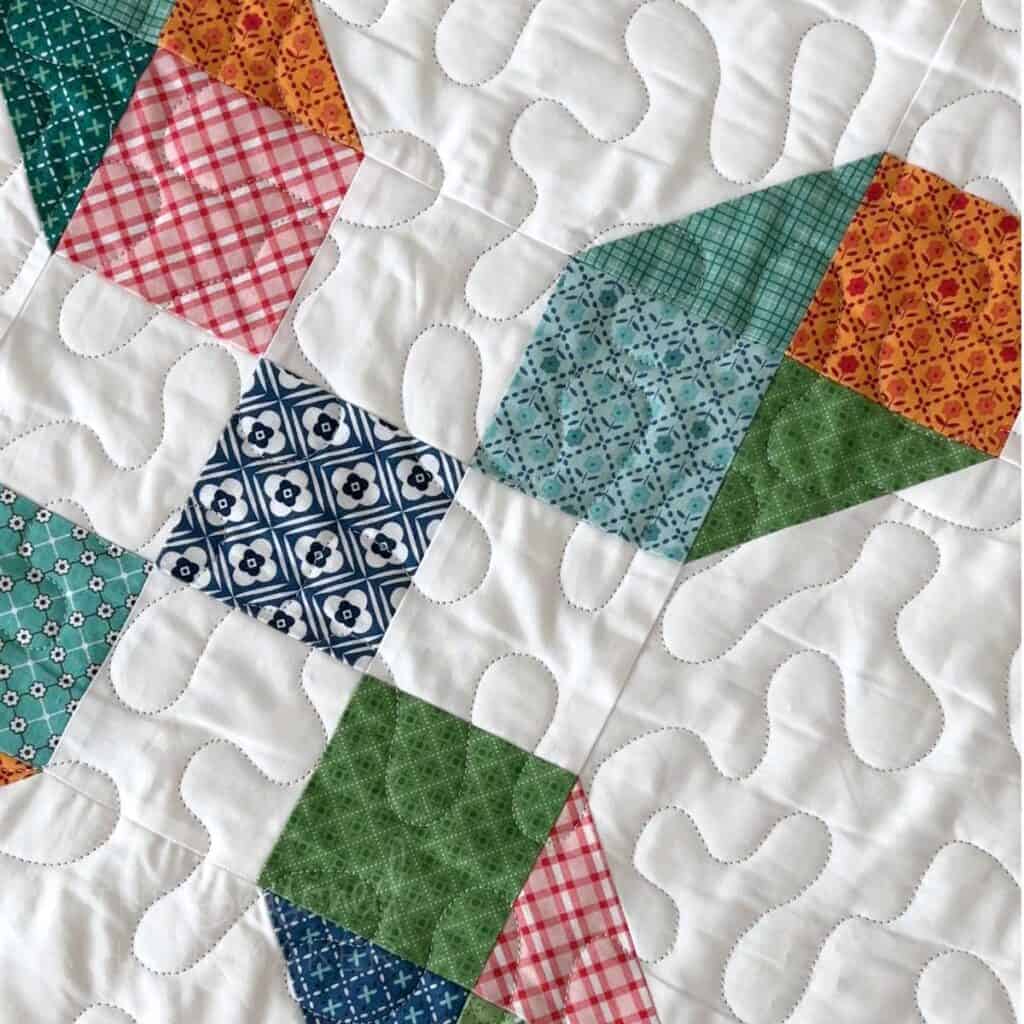
4. Wool Batting
Warm and fluffy best describes wool batting. It’s lightweight, a dream to work with, and can provide excellent stitch definition. It also won’t leave creases or fold lines in your quilt. But wool batting is expensive and has a tendency to beard. Also, wool batting can cause an allergic reaction in some people.
Wool batting is washable (look for pre-shrunk varieties) and shrinks up like cotton. I love working with wool batting but I’ve had issues with bearding – so I recommend doing a little homework before diving in with wool batting.
If you want to show off the quilting then consider using wool batting for show quilts where you want the quilt design to have definition. For the quilt below I chose wool batting (because I had a piece that was perfectly sized) – notice how the spider web really stands out.
Even with the possibility of bearding, I still love using this batting.
5. Specialty Batting
Bamboo or a bamboo-silk batting is unbelievable to work with. It’s a super-soft lower loft batting that has beautiful draping, quilts like a dream, and dries super fast (so it doesn’t get mildew ever!). Bamboo or bamboo-blend batting will give your quilt that perfect crinkle and it will be the softest, snuggliest quilt ever.
However there is a downside – bamboo and bamboo blends are expensive. But these are a great green choice because bamboo is more sustainable than cotton.
I seriously love this batting and it would be my first choice…if money weren’t an option.
6. Fusible Batting
I use fusible batting for things like mini quilts, table runners, table toppers, and mug rugs. Fusible batting has a thin layer of glue on both sides. When ironed onto the quilt top and backing it lightly fuses the three layers together. This eliminates the need for basting sprays or basting pins.
Fusible batting usually comes in an 80/20 cotton blend. I don’t like it for larger quilts because it has to be ironed to reset the fusing, but it’s great for smaller projects.
I always have a package of this on hand for fast projects.
Choosing Batting for a Quilt
Each quilt is unique and different. The batting you choose for your quilt will depend upon the way you intend to use the quilt. Below are a few suggestions for choosing which batting will work for your next quilt.
1. Low Loft Batting Options
- Polyester batting is the most budget-friendly batting. It’s lightweight and durable. Because it costs about the same as cotton or cotton blend battings purchased at big box fabric stores, I recommend going with one of the cotton battings.
- An 80/20 cotton blend is another budget-friendly option for quilts that will get everyday use, such as a baby quilt or a bed cover. It will be the most budget friendly cotton batting without compromising either the drape or snuggle factor and is what most longarmers prefer. It’s my go-to batting for most projects.
- Also budget friendly, 100% cotton batting will give you that crinkly look once it’s been washed. It will also get softer over time. It’s another one of my favorites, however it makes the finished quilt a little heavier so be sure to factor this in when choosing this batting.
- If money is no object then go with the bamboo or bamboo blend batting. The drape and feel are amazing. I love everything about this batting – except the cost.
2. High Loft Batting Options
- Polyester batting is the most budget friendly high loft batting for quilts. It’s lightweight and durable but tends to beard. If you’re making a wall hanging then this is a budget-friendly option.
- Wool batting is a great option if you’re making a special quilt like a holiday wall hanging or a quilt that has lots of details you want to stand out. This batting is expensive so watch for sales.
3. Alternative Batting Options
- Flannel can be added as the batting layer. Another option is to skip the batting and back the quilt with flannel.
- Occasionally fleece can be used as a batting alternative, but it generally doesn’t provide the same level of warmth that you would get from cotton battings.
Batting Brands
Below are affiliate links to the different batting brands that I recommend.
Quilter’s Dream
I’m playing favorites here. I love, love, love Quilter’s Dream battings. The consistent quality is excellent, the batting quilts beautifully, and is easy to use. You’ll see this brand in lots of local quilt shops. I recommend visiting a local quilt shop to get acquainted with this batting.
- Quilter’s Dream Natural Select Mid-Loft 100% Cotton Batting
- Quilter’s Dream Orient (Bamboo, Silk, and Cotton Batting)
- Quilter’s Dream 80/20 Poly Blend
- Quilter’s Dream Wool – this washes and wears really well
Hobbs
Another high quality batting brand is Hobbs. There are a few Hobbs battings that I use over and over. I only use Hobbs for wool batting and fusible batting. They also have a high quality cotton batting with a scrim.
- Hobbs Heirloom 80/20 Cotton Poly Batting
- Hobbs Heirloom Fusible Batting – my favorite fusible batting
- Hobbs Tuscany Washable Wool
Pellon
Full disclosure – I’ve only used Pellon’s bamboo batting. It created a lightweight quilt that draped beautifully. However, it’s still a little expensive compared to cotton or cotton blends.
One of the benefits of using Pellon battings is they are readily available at big box sewing stores. They also sell a batting seam tape that allows you to quickly connect batting scraps to create a larger piece of batting (I do this all the time!)
The Warm Company
Warm Company battings are also budget friendly and available at big box sewing stores. Warm & White cotton batting is extremely reliable and something I regularly use. However, Warm & Natural will have little bits of cotton seeds on one side (the dirty side) so use this one with caution. Even with this one issue, this is one of the most popular battings and consistently produces excellent results for a budget price.
Batting Pimples and Dimples
When you’re choosing batting for your next quilting project keep the following thoughts in mind.
- Use white batting for most of your projects unless all of the fabric is dark (they make black batting).
- Know and understand loft. Low loft usually makes the best snuggling quilts, high loft works great for show quilts and wall hangings.
- The batting has a side that should face the quilt top and a side that should face the quilt back. Some people use the saying: Dimples up – pimples down. The dimpled side faces your quilt top and the side with tiny nubs (pimples) faces the quilt back. This goes a long way in preventing bearding.
Note: Notice the needling (dimples) on the left and the nubs (pimples) on the right.
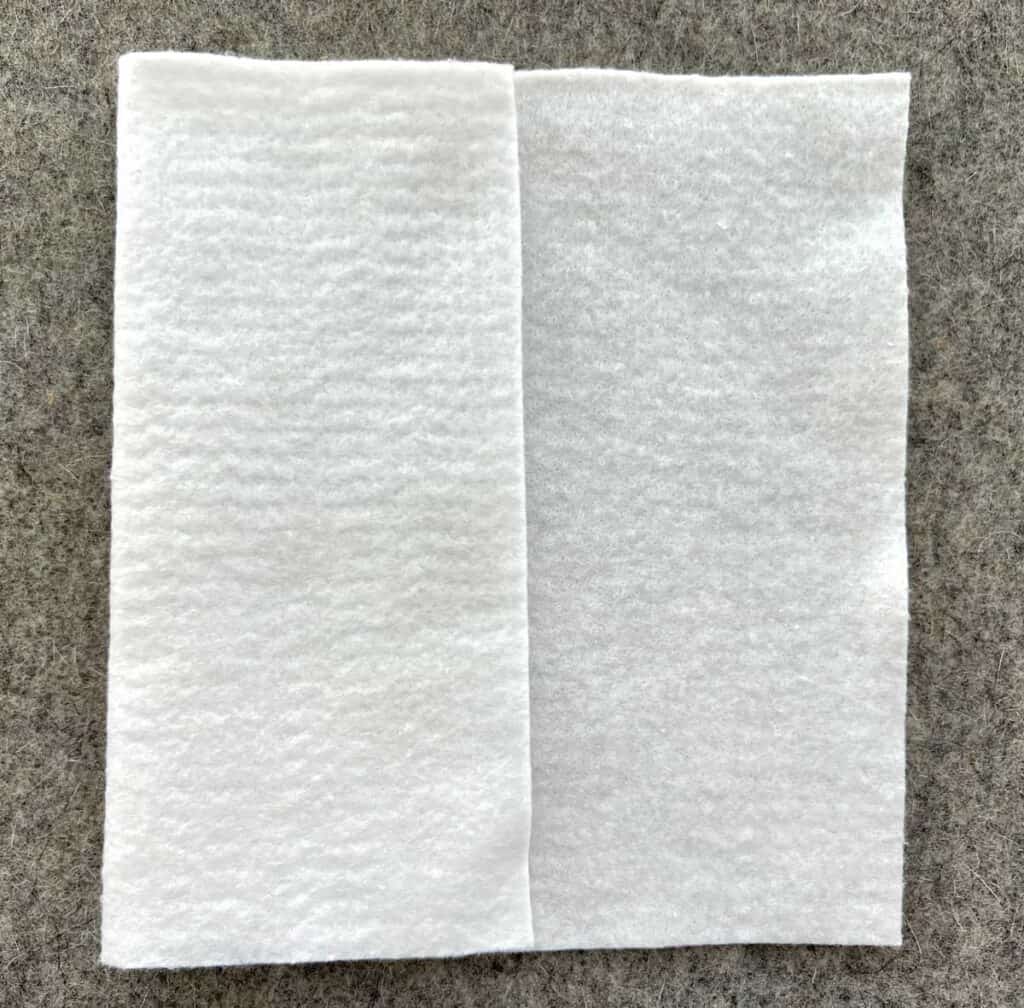
Final Thoughts
It is not uncommon for quilters to put two layers of batting in a quilt. This is a great way to add depth to almost any style of quilting. However, it can make the quilt heavier and a bit stiffer. I see this more in colder climates where having a warmer quilt could make a difference. It’s also a popular technique for show quilts.
Now that you understand batting you’ll be able to make quilts that will last long after you’re gone!
>>> Want a printable version of the post? Click the pink button, and download the Printable PDF instructions.
